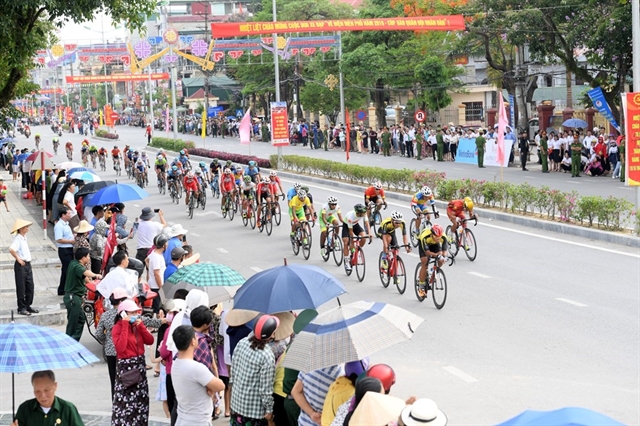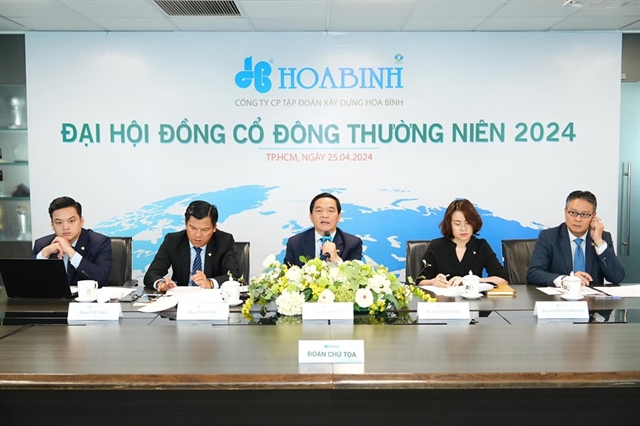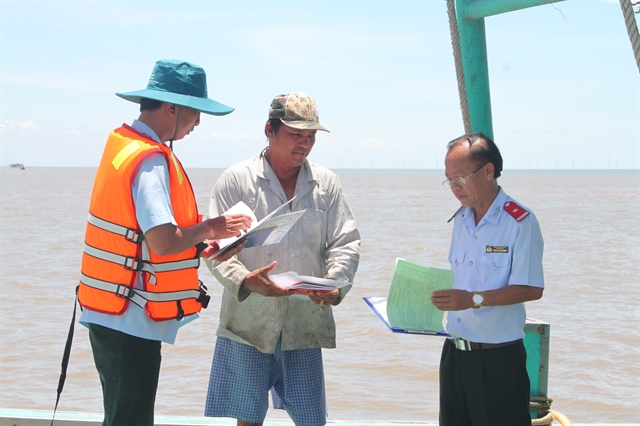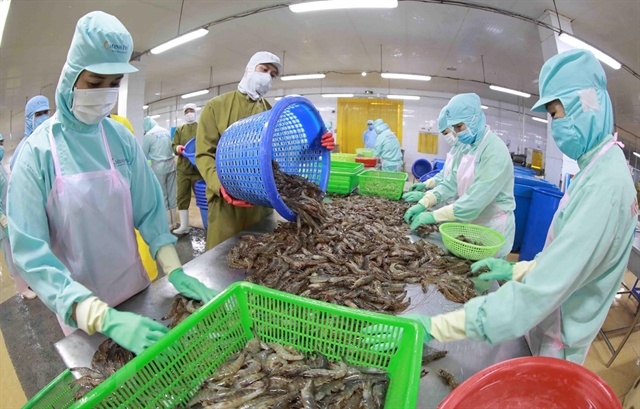 Opinion
Opinion
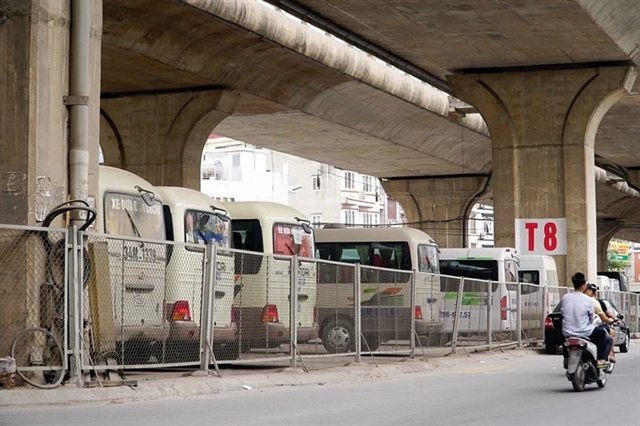
HCM City is striving to become a modern city. Its major goals include controlling water-logging, reducing traffic jams, implementing comprehensive urban planning, and undertaking administrative reforms. The Tiền Phong (Vanguard) Newspaper holds a round-table talk with experts to discuss ways of realising the targets.
HCM City is striving to become a modern city. Its major goals include controlling water-logging, reducing traffic jams, implementing comprehensive urban planning, and undertaking administrative reforms. The Tiền Phong (Vanguard) Newspaper holds a round-table talk with experts to discuss ways of realising the targets.
Dr. Lương Hoài Nam, aviation economics professor: Hà Nội, HCMC need US$3 billion to solve traffic jam
To save the traffic situation in HCM City, we should focus on what is making the urban traffic “abnormal”, instead of modern and safe. It is motorbike traffic.
Motorbikes are the main means of transport for my family, as for most families in the country, so motorbikes became a sensitive subject when we mention them in plans to tame urban traffic.
Urban traffic in the country, especially Hà Nội and HCM City, cannot not be solved unless motorbikes, which have traffic density of over 2,000 vehicles per kilometres of road, are taken out from the traffic circle.
HCM City and Hà Nội need road maps of 10 or 15 years, maximum of 20 years, to wipe out motorbikes from traffic.
Motorbikes have never been a safe means of transport. The Europeans invented the motorbike, but no cities in European countries, even poor nations, today use motorbikes as a main means of transport.
In Việt Nam, motorbikes are not totally loved by people, but the Government has failed to develop adequate public transport that people can use instead.
If a system of public transport were developed with good service and reasonable fares, most people would use public transport instead of private motorbikes.
To expand public transport, Hà Nội and HCM City should focus on developing specific projects.
I felt that the Government has invested too much in mass rapid transit (MRT) [urban public transit system using underground or elevated trains], while neglecting to develop busses and trams.
In public transport, busses and trams are a means of transport which can expand to every corner of the city, even in suburban areas. MRT is suitable for some routes, but not all, so it could not replace motorbikes.
In Singapore or Hong Kong, the bus systems serve 50 per cent of passengers while each city has 5 or 7 MRT routes with total length of 200-300km.
Investment for a kilometre of MRT ranges from US$120 to 140 million, so to build 200-300km of MRT is beyond the financial potential of Việt Nam.
Thus, Hà Nội and HCM City should focus on developing bus and tram systems instead of MRT.
As a calculation, each city needs about 30,000 buses to replace motorbikes. The 30,000 buses cost about US$3 billion, which is enough for 20km of MRT.
But if busses are to be a major means of transport, it will be necessary to limit and ban motorbikes in urban cities.
Buses cannot run quickly and safely along with motorbikes in the same lanes.
Traffic jams and accidents will increase further if officials do not limit and ban motorbikes and increase buses.
Some people argue that our approach should be, “develop modes of public transport first, and then people will automatically quit using motorbikes”. The argument seems to be right, but in fact it is impossible.
How to expand buses and trams when motorbikes always fill up roads at present? And how to attract private investment into public transportation without banning motorbikes?
A public transport system will develop sustainably when it makes profits on its own, without State assistance as present.
Economist Dr. Lê Bá Chí Nhân: HCM City’s urban planning should be revised
HCM City has grown into suburban areas in an effort to reduce traffic jams, but after many years, the situation of water logging and traffic congestion has stagnated. In fact, it is in many ways even worse, due to the inharmoniousness of urban and transport infrastructure.
For a long time, the city has not had an urban master plan. Granting licenses for construction projects was not based on a master plan.
Transport planning was also a mess, so traffic congestion has become more and more of a headache.
At present, most roads in the inner city are burdened with traffic jams everyday. One of the reasons is that many high-rise buildings were constructed in the central city, but planners could not forecast the transport density.
Besides, each district has its own infrastructure planning, which leads to incompatible transport, electricity and water supply systems.
If the city does not have a synchronized infrastructure plan for the whole city by the year 2025, any solution for the traffic jams will be “mission impossible”.
The Government should enact proper investment policies to attract capital from the private sector to develop transport infrastructure.
Nguyễn Văn Đực from the Việt Nam Construction Association: Too many buildings, no lakes means the city is water logged
After 1975, HCM City had policies to move people out of the city central to suburban areas (now are districts of 2, 7, 9 and Thủ Đức) to form new residential areas. And the city built more roads and bridges. However, the transport infrastructure development is still lagging behind the speed of population growth.
At present, there are too many high-rise buildings with more than 20,000 apartments and shop houses in the central city, including districts of 1, 3, 4, 10, Bình Thạnh and Tân Bình. The buildings have broken the infrastructure and caused terrible traffic congestion.
Since the French colonial era, the city’s transport system has changed little while the population density and means of transport have increased dramatically.
The city gets water logged easily when it rains because the sewage systems are overloaded, and many ponds and lakes in the cities were filled up for urbanisation plans. – VNS


